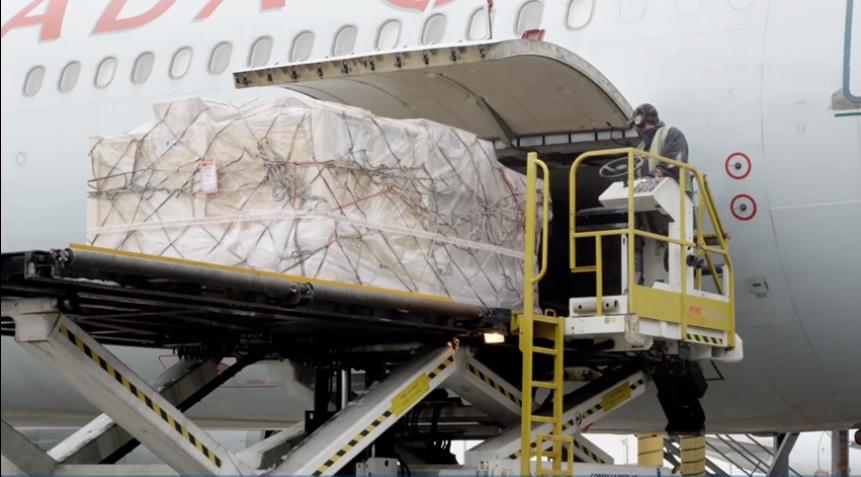
FRANKFURT–Reflecting the rapid rise of COVID-19 infection rates in some key markets, IATA’s latest figures show how the recovery of air passenger traffic stalled in September as cargo continued to trend upwards.
IATA reported a 72.8% drop in total revenue passenger kilometers (RPKs) for the month compared to 2019, only slightly better than the 75.2% decline witnessed in August. Domestic travel continued to be less affected at a 43.3% contraction whereas international demand is still 88.8% lower than a year earlier and actually worse than the 88.5% drop seen in August.
IATA chief economist Brian Pearce pointed out that the surge of COVID-19 cases in Europe has meant that the situation “deteriorated dramatically.” Pearce also highlighted slower growth in some domestic markets because of the higher case rates. Russia, where demand has already surpassed 2019’s level, is currently seeing the trend reverse. Traffic in Europe was down 82.5%, worse than the 80.5% decline in August. Europe was the only region in which international traffic actually deteriorated, as increased travel restrictions were imposed.
Compared to 2019, September international traffic was down 95.8% in Asia, 90.2% in the Middle East, 91.3% in North America, 88.5% in Africa and 92.2% in Latin America, and little changed when compared to the previous month.
Overall capacity was down 63% versus a year ago and the load factor dropped by 21.8% points to 60.1%. IATA does not see a need to revise its year-end traffic forecast downwards again as the trend is in line with the already more pessimistic scenarios put in place earlier.
Cargo continued to be the bright spot with demand only down 8% over last year. “The problem with cargo that the industry is facing is a shortage of capacity,” Pearce noted. Roughly half of the volumes are typically carried as belly freight on board of passenger aircraft but there has been only a marginal return of capacity at best of these aircraft; therefore, the industry is relying to a large degree on dedicated freighters. Export orders are now above pre-crisis levels in general, but the performance is different in the various regions.
According to Pearce, traffic on the North Pacific is not impacted much at all, and there is more capacity available because even in normal times a lot of the cargo is transported by freighters. By contrast, there are large drops within Asia, on the North Atlantic and in Europe-to-Asia traffic.





